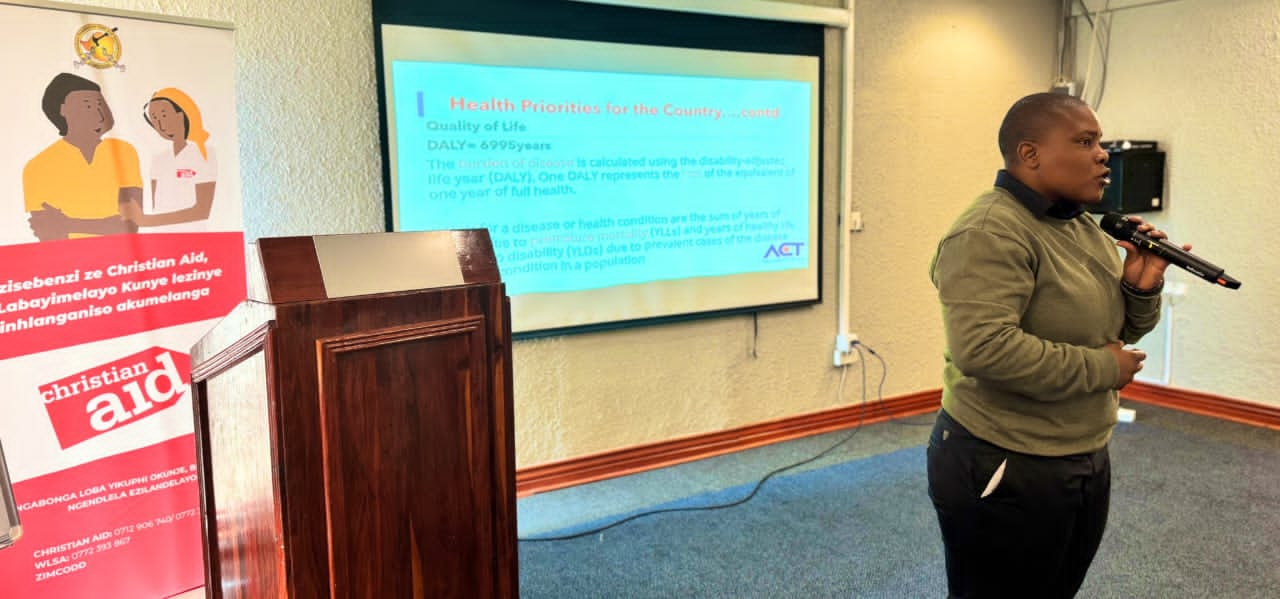|
Getting your Trinity Audio player ready...
|
Writes Lloyd Rabaya
The Zimbabwe Women’s Resource Centre and Network (ZWRCN) has called on Parliament to come up with gender-neutral macroeconomic policies as challenges faced by women might be different from those of men.
Macroeconomic policies focus on the operations of the whole economy and provide a conducive environment to foster sustainable economic growth, employment creation, and improved living standards among others.
Speaking at a mid-term review and 2025 Budget Strategy Paper (BSP) Dialogue towards gender-just macroeconomic policies workshop organized by the Zimbabwe Coalition on Debt and Development (ZIMCODD) in partnership with Advocacy Core Team (ACT) in Harare yesterday, Esther Mapungwana highlighted that there has to be discretion on how both genders are affected by various policies.
“In today’s global context, we have deepening economic crises like food and energy crises, natural disasters, and climate change. So these changes also affect both men and women but they affect them differently,” she said.
In a patriarchal society like Zimbabwe where the woman mainly has to do most household chores, disasters like El Nino have detrimental consequences on the women.
Despite women constituting 52% of the national population, according to the 2022 Zimbabwe National Statistics Agency (ZimStat) Population and Housing Census, women have fewer opportunities than their male counterparts for employment.
The ZimStat 2023 first quarter Quarterly Labour Force Survey Report, shows that males make up 54.6% of the national labour force compared to the females’ 34.7%, marking a 1.2% and 2.3% increase from the fourth quarter of 2022, respectively.
Mapungwana reiterated that women are usually on the receiving end of economic sectors such as education, health, and employment among others, and are not functioning well.
With a focus on health, Diana Mailosi of the ACT dovetailed with Mapungwana and added that the government of Zimbabwe has to walk the talk on implementing policies that are on paper.
Despite Zimbabwe targeting an upper-middle income economy by 2030, the health indicators shown by Mailosi proved that there is still a lot to be done as the per capita spending was easily eroded, thanks to inflation.
“If we look at the African Union scorecard, it shows that as Zimbabwe we have a base figure of US$20 per capita, that we usually evolve around.
If we check a lot of our expenditure at the end of every year. It will be at US$20 per capita,” she highlighted.
Mailosi also showed that the healthcare indicators like maternal mortality rate, child deaths and life expectancy showed that Zimbabwe’s healthcare sector is in a sort state.
“In Zimbabwe, we are losing 614 women for every 100,000 women that are giving birth, which is the highest amongst the comparable countries, which include Lesotho, Malawi and Mozambique. The under-five mortality rate, the number of children that are dying for every 1,000 live births is at least 40, with our current health system. Our life expectancy is 64.7,” she added.
Mailosi recommended that on the 2025 BSP, the government should improve training, recruitment and retention of healthcare workers as well as implement solid measures to arrest inflation through fiscal and monetary policies.
She also recommended that the government should finalize and set up the National Health Insurance. National health insurance is a system that insures the national population against the cost of health care and is funded by taxes or premiums paid by all citizens.






